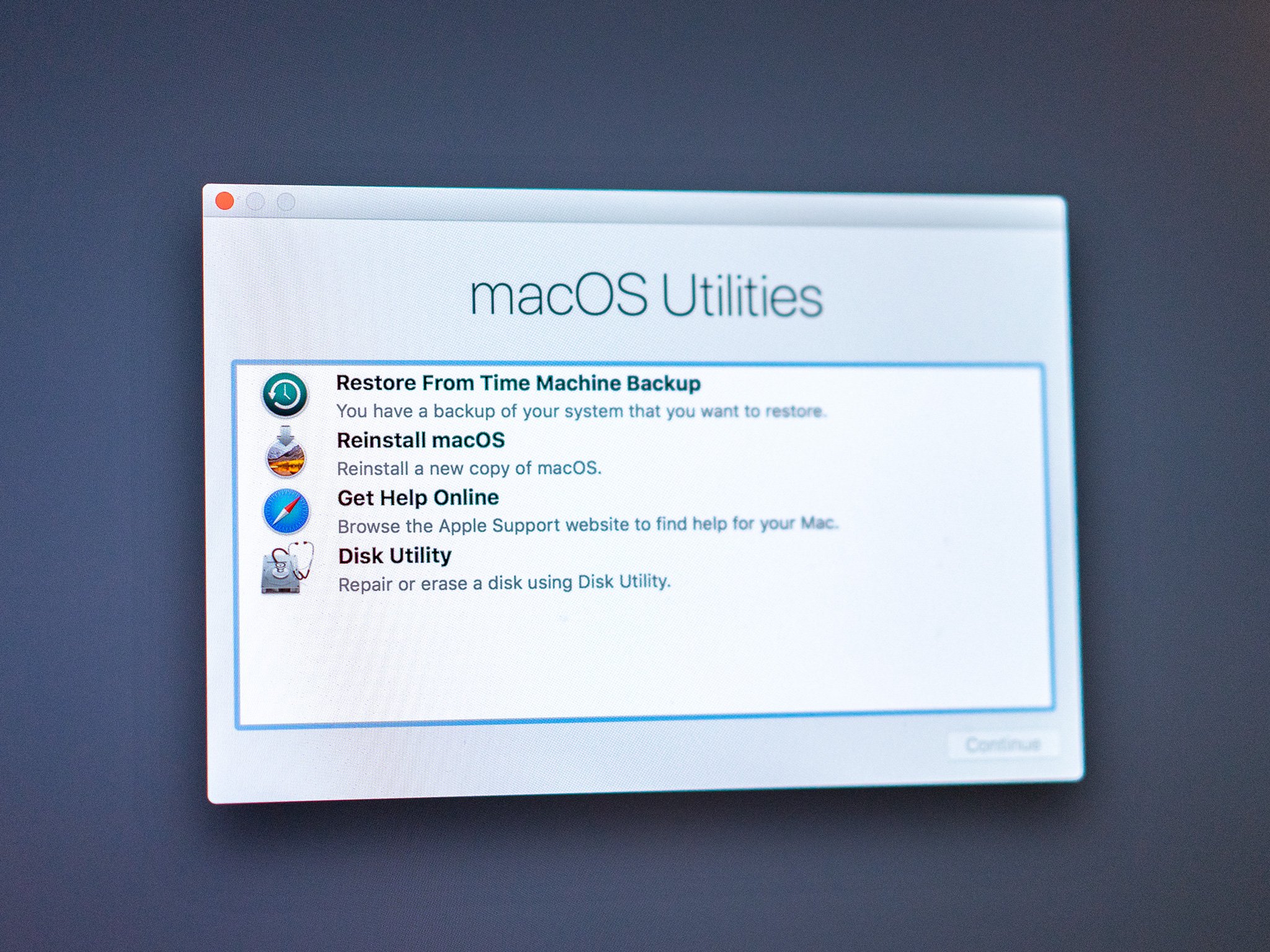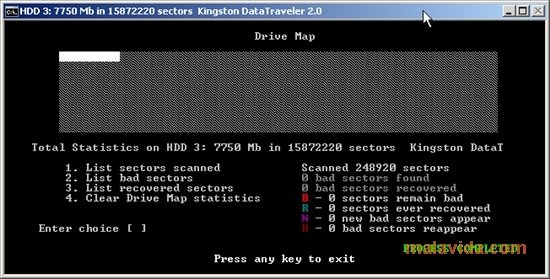Hi there mlr99,
From what you describe it sounds like you are trying to install Lion on your newly installed HDD replacement but its not showing as a disk when you try to actually install Mac OS X. That indicates to me that the drive has not yet been formatted as Mac OS Extended Journaled, so it is not ready for Lion to install onto it. This section of the following article will help you get that drive erased and formatted properly so you can continue with the installation:
Built right into OS X, OS X Recovery lets you repair disks or reinstall OS X without the need for a physical disc. The OS X Recovery Disk Assistant lets you create OS X Recovery on an external drive that has all of the same capabilities as the built-in OS X Recovery: reinstall Lion or Mountain Lion, repair the disk using Disk Utility, restore from a Time Machine backup, or browse the web with.
Although there is no Recuva Data Recovery for Mac, you can still free download the top 5 Mac file recovery software to help you get data back without much effort. And through our tests, Recoverit Mac Data Recovery can be a nicer option for you. It supports you recovering 100MB files for free before purchasing the full version. Disk Drill helps you rescue files that have been deleted. With our free file recovery Mac software, successful recovery doesn't depend on the type of disk you're using or the reason the data was lost. If you can get your computer to recognize the disk, deleted file recovery on Mac is imminent. 7 Lion did away with recovery disks, and these days, Apple provides a built-in recovery system within Yosemite. Start your Mac and hold Command + R to go into recovery mode, from which. Perform data recovery from virtually any storage device. Connect the drive to your Mac and run a scan to detect data traces for possible restoration. Initiate and monitor the recovery process in real-time, pause, stop, and resume it according to the situation. Our software library provides a free download of Disk Drill 4.0.123 for Mac.
- Before you begin, make sure your Mac is connected to the Internet.
- Restart your Mac. Immediately hold down the Command (⌘) and R keys after you hear the startup sound to start up in OS X Recovery.
- When the Recovery window appears, select Disk Utility then click Continue.
- Select the indented volume name of your startup disk from the left side of the Disk Utility window, then click the Erase tab.
- If you want to securely erase the drive, click Security Options. Select an erase method, then click OK.
- From the Format pop-up menu, select Mac OS Extended (Journaled). Type a name for your disk, then click Erase.
- After the drive is erased, close the Disk Utility window.
- If you’re not connected to the Internet, choose a network from the Wi-Fi menu.
- Select the option to Reinstall OS X.
- Click Continue and follow the onscreen instructions to reinstall OS X.
Thank you for using Apple Support Communities.
Summary: Are you dealing with a crashed Mac or unable to boot your Mac machine?
Before you think of reinstalling macOS or doing a hardware fix, ensure that you’ve rescued your data from the device.
This blog will guide you through an easy process of creating a bootable macOS Mojave USB install drive or a recovery USB drive using Stellar Data Recovery for Mac software.
The USB recovery drive will help you to recover the data from your crashed or non-booting macOS. So go ahead, download the free software trial now.
Minimum requirement: 8 GB USB flash drive, Mac, and Mojave installer.
- Download macOS Mojave 10.14 from App Store.
- When the download completes, quit the installer, as it will launch itself automatically.
- Locate the installer from the Applications folder (copy it to the desktop if you desire).
- Connect the USB flash drive with at least 8 Gigabytes storage space to your Mac.
- Open Terminal and enter the next command: sudo (drag and drop the installer from application folder to locate its path) –volume (drag and drop the USB flash drive from the Mac volumes to specify its path) –nointeraction –downloadassets
Warning: The command erases the flash drive so check there are no stored files; backup the files, if they exist, before executing the sudo command.
- Type the administrator password when prompted. The Terminal creates the installer drive on the opted USB flash drive.

Note: Erase the flash drive to HFS+ (Mac OS Extended (Journaled)) but not APFS.
Usage of USB Install Drive
- Backup the entire drive before performing a clean install on your Mac machine.
- Connect the USB install medium.
- For T2 security chip supported by 2018 MacBook Pros and iMac Pros, you need to “allow booting from external media” from Startup Security Utility. Alternatively, hold the option key and reboot the Mac then use the arrow key to select the USB flash drive as an installer.
- Allow the computer to boot from the USB flash drive. Deploy the macOS Mojave software.
Installer Tips
- When Apple releases newer Mojave versions, re-download the new installer and recreate installer drive to keep it up to date.
- Keep the installer drive on a safe place so that you can use it as an external recovery drive when your Mac gets into trouble.
Data Recovery on macOS: Why We Need It Here
While performing macOS upgrade or fresh installation, you must back up data to an external storage medium. Backup helps to restore all the data back to Mac’s internal storage drive, containing the new macOS. If you do not have a backup, then you end up losing all your data stored in the Mac drive. This is because, during macOS installation, the installer erases the startup partition completely or the entire storage drive, depending upon your choice during installation.
If No Backup: What Is the Recourse?
There are chances that you did not take backup to an external backup drive, or in the rare case, the backup itself was lost, damaged, or unavailable. In such scenarios, you can rely on a data recovery software—such as the editor’s choice Stellar Data Recovery Professional for Mac—that can recover your lost data after macOS Mojave installation. The software works flawlessly with the older & newer version of MacBook Pro, MacBook Air, iMac, iMac Pro, and Mac Mini etc.
The Process of Data Recovery
The process of data recovery is straightforward. Follow the steps mentioned below to get back the data stored in the drive—erased completely after installing the new macOS Mojave:
1. Download and install the Mac data recovery utility on the same system where you have installed the new macOS Mojave (due to the negligible storage requirement of the utility).
Download Mac Recovery Disk Assistant
2. Alternately, you can download and install the utility on a different Mac machine, then connect the internal drive as an external device by removing it from the affected Mac.
3. Launch the data recovery software to interact with its lucid graphical user interface.
4. In the Recover Data module, select the type of data and the location of the storage drive.
5. Toggle on the Deep Scan switch from the bottom left and click the Scan Avc browser download mac vpn.
6. Allow the scan to complete, which may take some time—depending on the storage size and the condition of the affected drive.
7. Preview the recoverable files if you want, then select all the required files and click the Recover
8. Specify a different external backup drive with size greater than the drive where you are performing the data recovery then click Save.
When the save process is complete, verify the recovered data from the backup storage drive. Copy the files back to your Mac or an externally used Mac drive (reconnect the drive to the Mac once the restoration process is over).
Activation of the Software
You must activate Stellar Data Recovery Professional on your Mac in order to save the recoverable files. The free download version of the software is a good way to know the software’s interface, scan your drive, and preview the recoverable files.
Download Mac Os Recovery Disk

Download Boot Disk For Mac
Watch the activation video of Stellar Data Recovery Professional to know how to activate the software and use its complete functionality, including the complementary Drive Monitor, on your iMac or MacBook system.
Conclusion

The blog highlighted the need for recovery drive, steps to create a bootable USB flash drive, and usage of the drive for installing the new macOS Mojave 10.14 in one or multiple computers. The drive acts as an external recovery drive in case your Mac fails to boot. In addition, the drive acts as a means to fresh install the drive to boost the performance of your slow, virus-infected, or troubled Mac. The blog also suggested a data recovery software that can help recover data lost due to macOS Mojave installation on your desktop or notebook computer.
